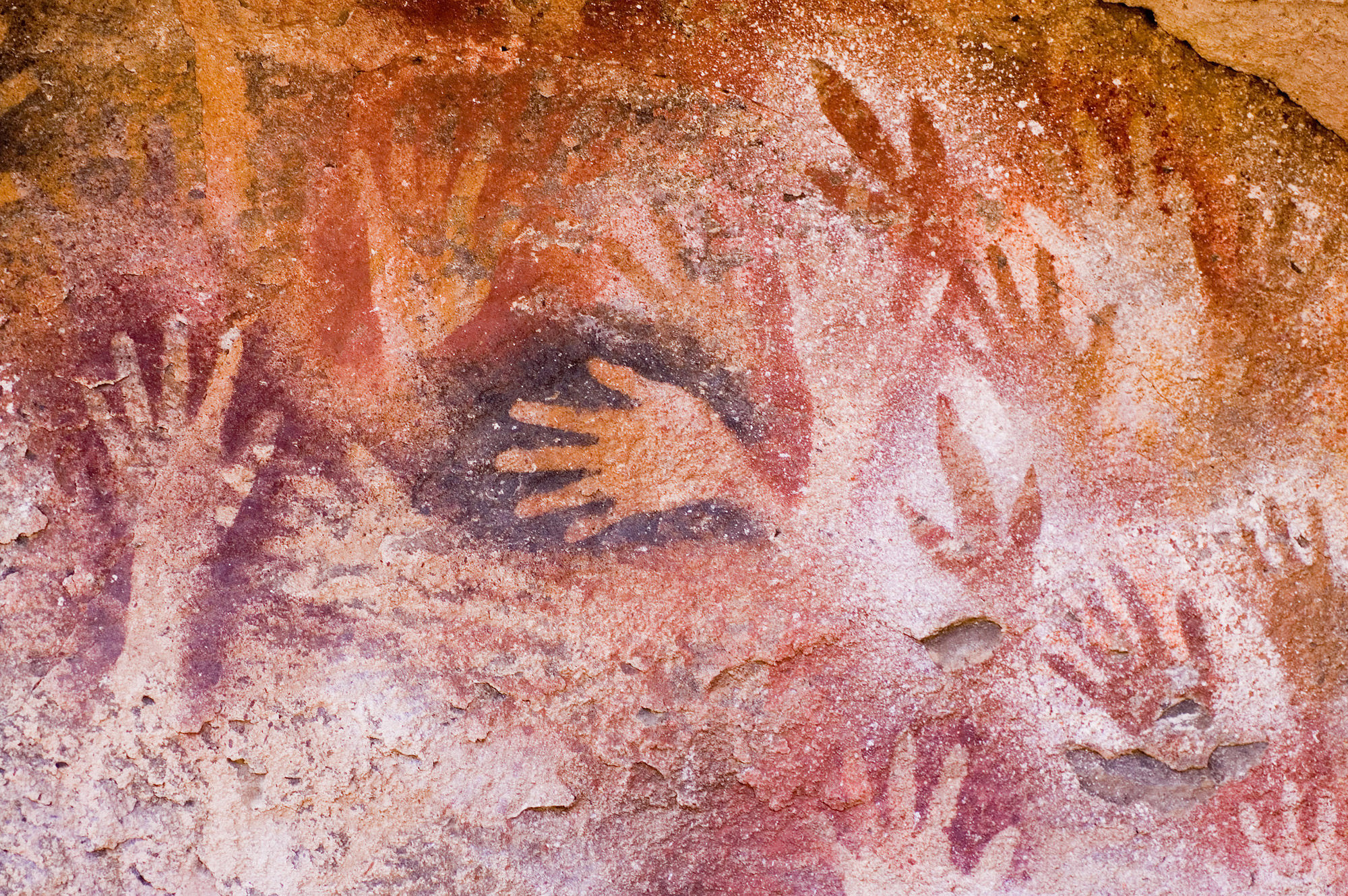
Aboriginal culture and history
Aborigines have lived in Australia for at least 40,000 years. They were always a strong race as only the fittest survived.
Infant mortality was high, especially during periods of drought. Aborigines travelled vast distances in search of food and water, often using force to gain access to other tribal areas. They had no common language and were usually naked.
The first contact with white people resulted in heavy mortality from common diseases like measles and colds. Many were ill – treated by whites and even after the turn of the century it was common for a troublesome Aborigine to be taken away for ‘disposal’.
Today, Australia is moving towards a reconciliation – the merging of cultures – and creating opportunities for all Australian’s to share the benefits of the knowledge of the original settlers and to learn from them
Aboriginal tribes have close ties with the land and there are many places that are sacred to them. These areas date back to Australia’s earliest history. We ask that you take extreme care when venturing into the outback and respect the landowners and traditional owner’s culturally significant areas.
Whilst never diminishing the treatment of indigenous Australians by early settlers, the Marree district and community, especially the Arabana, are working toward building relationships for a better future for the region around Kati Thanda-Lake Eyre.
Kati Thanda-Lake Eyre is a very special place to everyone who bears witness to it, particularly the Arabana people (spelt differently by some) who were living around the Kati Thanda-Lake Eyre region at the time of Aboriginal – European contact. As a result, aboriginal people have been living around Kati Thanda-Lake Eyre for thousands of years, and thus it plays a central role in many of their stories and songs.
There is still a very strong connection to culture here in Marree and there is a thriving Aboriginal School and community today. When you stay in Marree, a real must-do, is to visit the Marree Cemetery on the outskirts of the town, where generations of Aboriginals are laying at rest beside the Afghan Cameleers and Europeans of days gone by.
